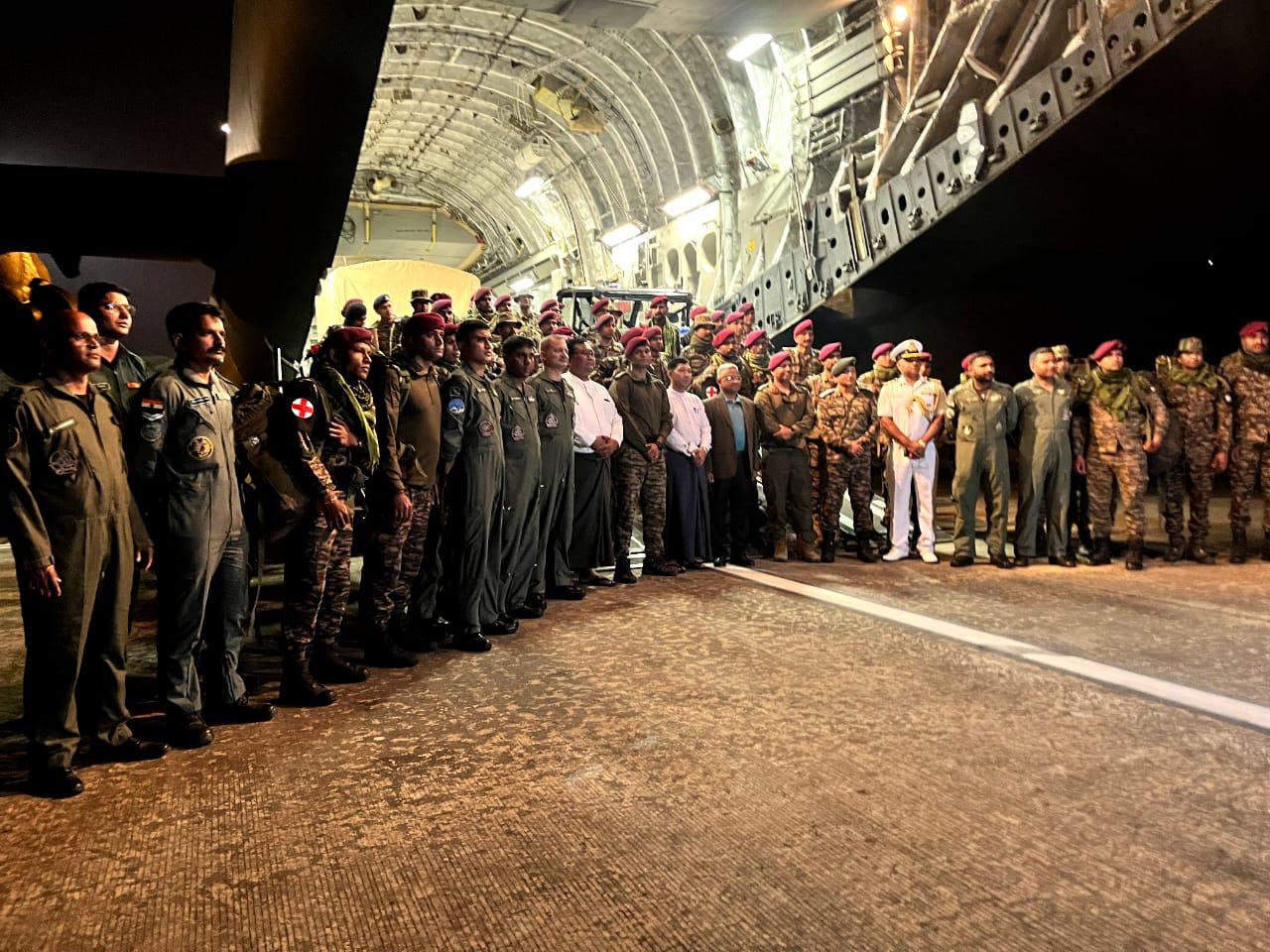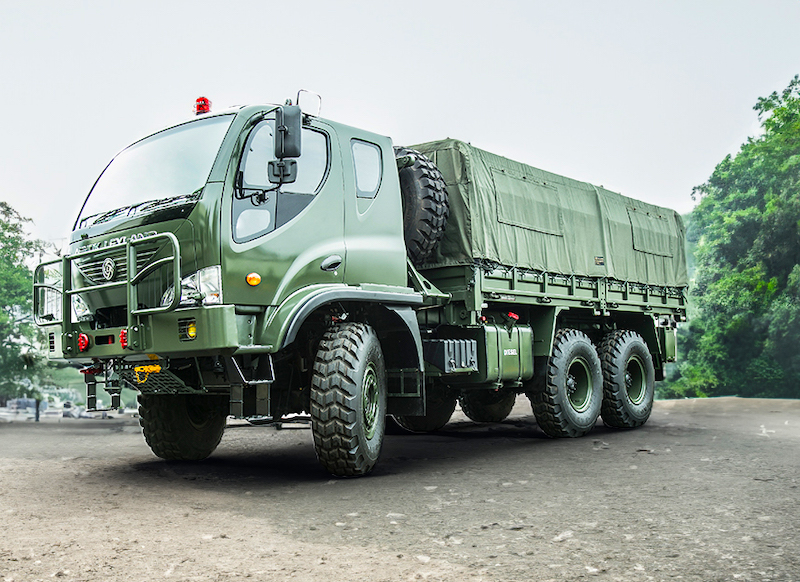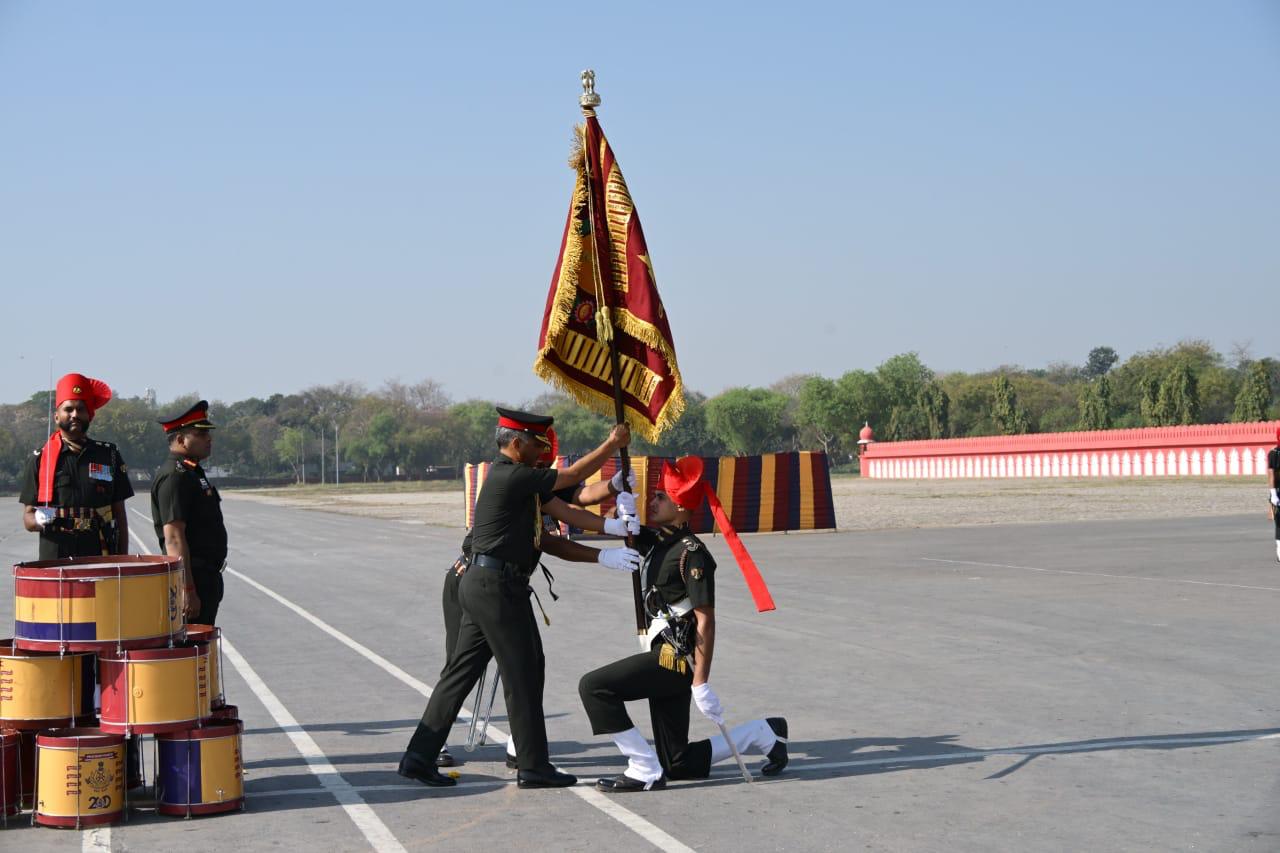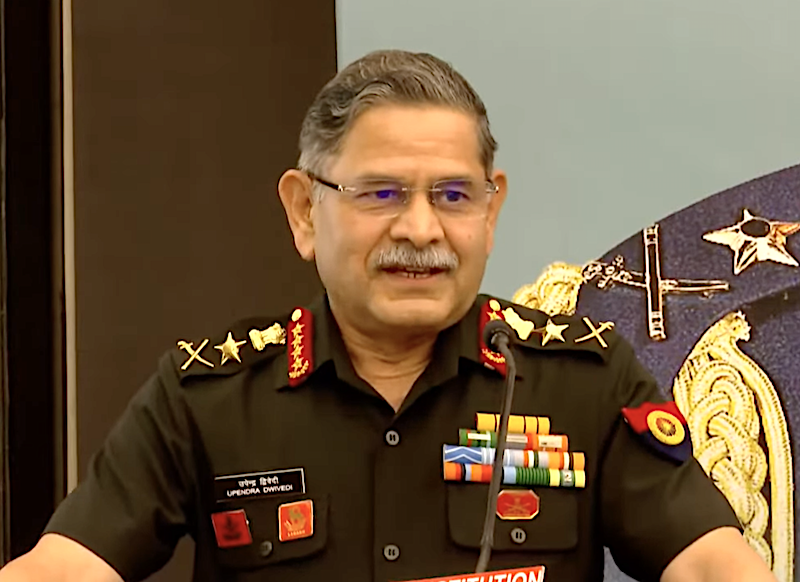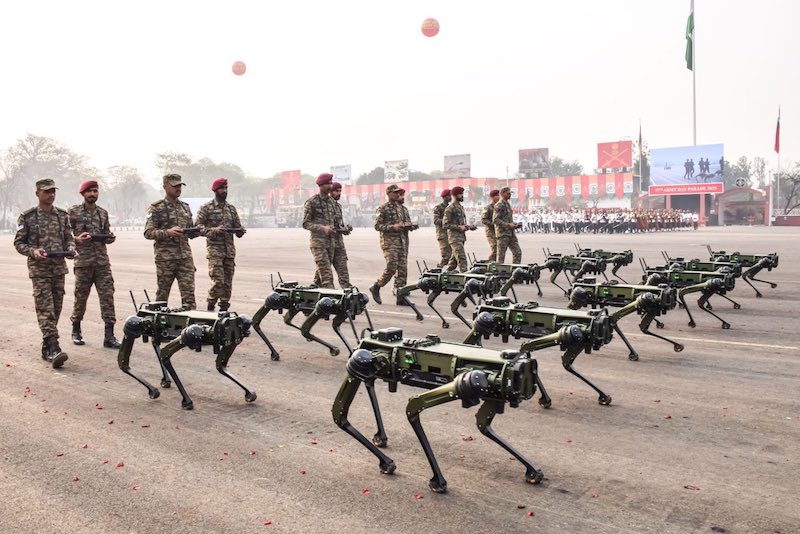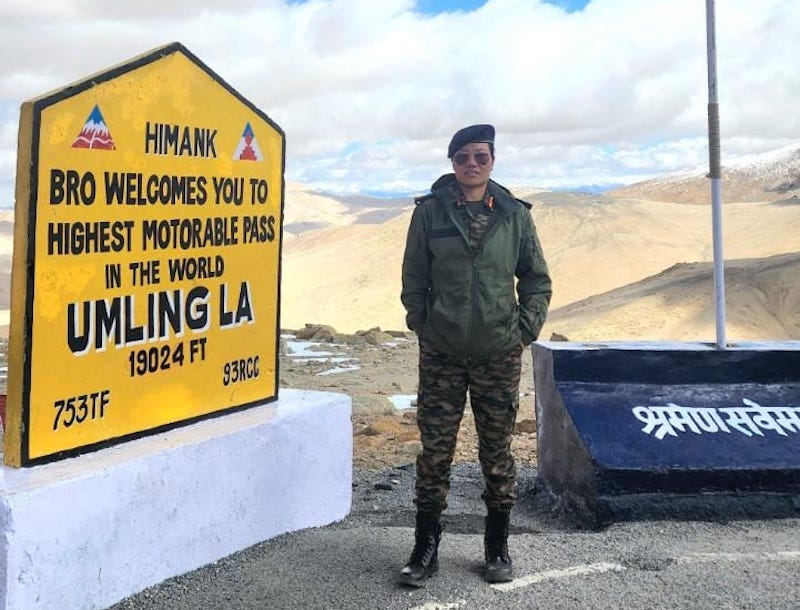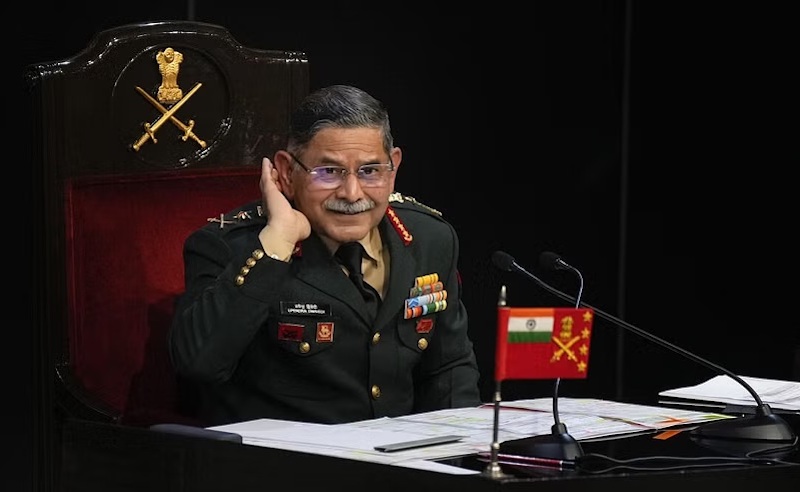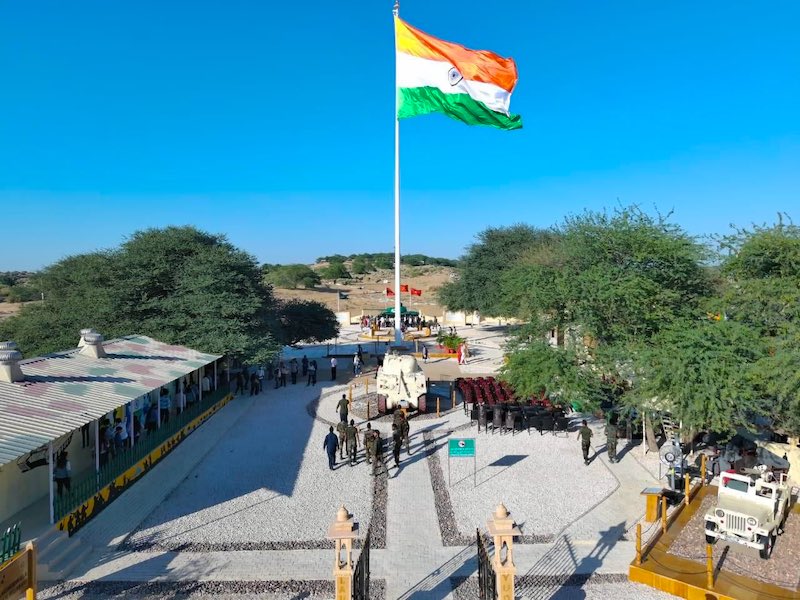
New Delhi: In a massive scale-up of conflict in eastern Ladakh’s Galwan valley, about 20 Indian Army soldiers, including a colonel, were killed during a violent face-off with the People’s Liberation Army of China, on Monday.
According to defence sources, the Chinese side has also suffered many casualties.
The Indian Army, in a statement, said: “The Indian and Chinese troops have disengaged at the Galwan area, where they had earlier clashed on the night of 15/16 June 2020. 17 Indian troops who were critically injured in the line of duty at the stand-off location and exposed to sub-zero temperatures in the high altitude terrain have succumbed to their injuries, taking the total that were killed in action to 20.” The Army further said that it is firmly committed to protect the territorial integrity and sovereignty of the nation.
No firing had taken place during the face-off. Sources in the defence establishment said the Indian troops were attacked by “rods and stones”.
The number of casualties suffered by the Indian Army revealed the extent and scale of the conflict, which has escalated over the past two days.
Meanwhile, high-level meetings in defence establishments were held on Tuesday night. The prime minister, Narendra Modi, met the Union home minister, Amit Shah, and the defence minister, Rajnath Singh, to review the prevailing situation in eastern Ladakh, where the face-off between troops of India and China has continued since early May.
India has accused China of failing to adhere to the June 6 agreement, which reached between senior military officials of the two countries for de-escalation of the situation in eastern Ladakh.
In the first official reaction to the violent clashes with the Chinese troops, the foreign ministry said that both sides suffered casualties that could have been avoided, had the agreement at the higher level been scrupulously followed by the Chinese side.
The foreign ministry spokesperson, Anurag Shrivastava, said, “Given its responsible approach to border management, India is very clear that all its activities are always within the Indian side of the LAC. We expect the same of the Chinese side.”


